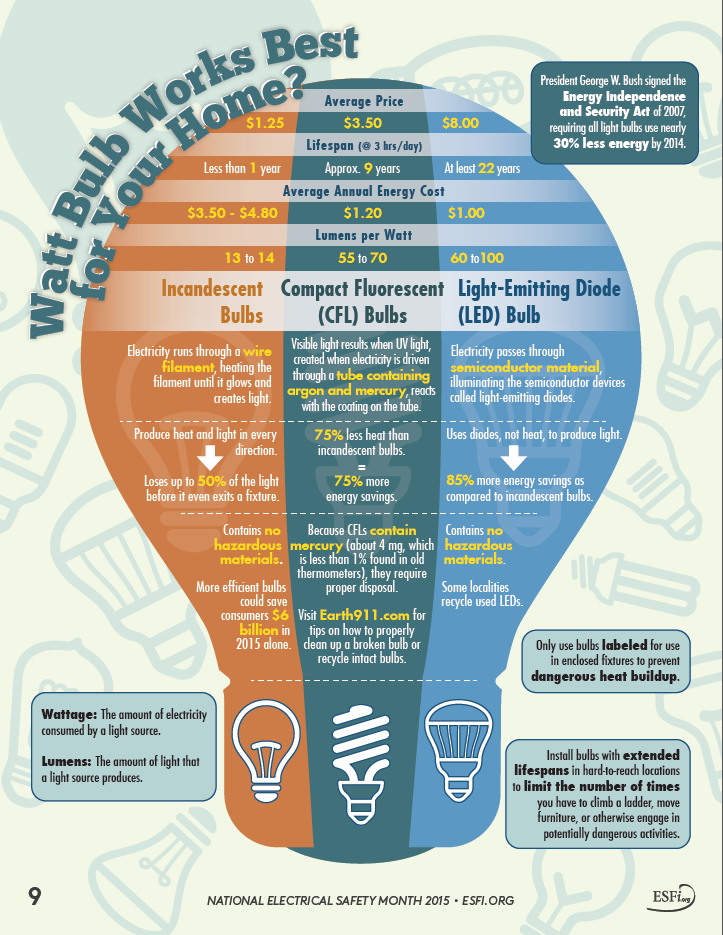.jpg)
How to Choose Kitchen Lighting
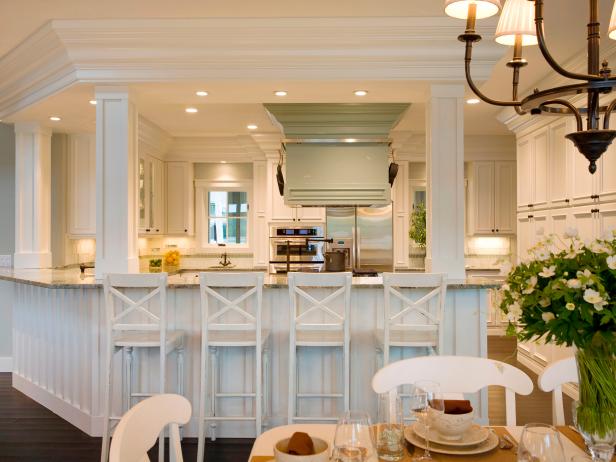
The way we light our home environment, and specifically the kitchen, affects the functionality of the space and how we feel when we're spending time there. Despite this, lighting is often an afterthought in a kitchen remodeling project—the last detail after the cabinets, the appliances, the tile, the granite countertops ... So it's no wonder that there's often a sliver of the budget left for this critical element.
Oftentimes, people simply accept the lighting that's there and don't think about changing it to improve the space, says Randall Whitehead, renowned lighting designer/author and president of Randall Whitehead Lighting Solutions, San Francisco, Calif. “People are entertaining more at home than they used to, and the kitchen is the center of that entertaining,” he says. As for the lighting in that space, he says “people are drawn to lights like moths to flames.”
But most people don't understand why they are drawn to light. The secret is in how lighting is layered in a space.
Layers of Light
There's no such thing as a catch-all light fixture that does it all: illuminates under cabinets, provides light over the island and gives cabinets a glow. Some fixtures will multi-task their lighting duties, but in order to choose wisely, the first step is to understand the four layers of light.
Task. This lighting illuminates work spaces, such as countertops where you are prepping food or inside a pantry closet so you can see what goods are stocked on those shelves.
Accent. This highlighting adds depth and dimension to the environment. Examples include recessed adjustable fixtures and track lights.
Decorative. This is the eye candy in a kitchen, or what Whitehead calls, “architectural bling.” The purpose of decorative lighting is to add interest to a space. Examples include chandeliers and candlestick-type wall sconces.
Kitchen Lighting Styles and Trends
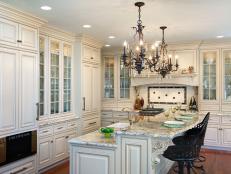
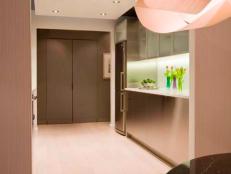
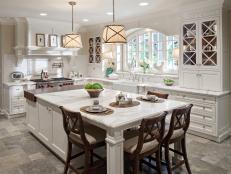
Ambient. This gentle light fills the room and bounces off the ceiling. You'll get this effect from pendant-hung indirect fixtures, opaque wall sconces and torchieres. “You want that opulent layer of light—an even pool of light that gives you a base layer,” says Jeff Dross, director of education and industry trends at Kichler Lighting, referring to this as “general lighting” or the opulent layer. Can lighting can accomplish this as well.
No single layer of light can stand alone. If you only use ambient light, the people will look great because shadows are softened, but Whitehead calls the result a “cloudy day effect” because there is no depth or dimension. “There is no real visual interest,” he says.
If you only incorporate accent lighting, you get a museum effect. “You light every object in the space but friends and family fall into the darkness,” he explains. “You're telling people that what you own is more important than them.”
A room with just decorative lighting distracts the eye. “How many dining rooms have you seen where it's one chandelier over the table and that's it?” Whitehead asks. “You can't see Aunt Edna at the other end of the table because she is lost in this supernova of illumination.” In other words, only installing decorative lighting is a big “don't.”
Feel daunted by the light layering process? Rest assured, no matter the size of a space, four layers of light can be incorporated into any room. “A lot of times, fixtures can provide more than one function,” Whitehead says. “Like in the kitchen, the pendant lights are decorative, but they throw light up on the ceiling so they are an ambient light source as well.”
Light Up the Mood
Draw people into the kitchen with these lighting strategies.
Think outside the kitchen. With today's open floor plans, your kitchen lighting is important to adjacent areas of the home. Whitehead suggests asking: “How does this fixture relate to the other rooms you see from the kitchen?”
“You want it to relate, but it doesn't have to match,” Whitehead says, adding that coordinating finishes is important. If the rest of your home's fixtures are bronze, go bronze in the kitchen. “That makes the fixtures relate to each other so you are seeing the open space as a whole.”
Pendants that pop. Forget dinky pendants over the island. “Fixtures are being more overscaled,” Whitehead says. He recommends a layout for two larger pendants or one statement pendant over the island.
Translucent fixtures. Rather than opaque fixtures, Whitehead says fixtures with a lens on the bottom hide the bulbs underneath while providing a glow.
Different shapes. Beyond the traditional oval fixture design, Whitehead says rectangular box-shaped lights and drum-shaped fixtures add interest to the kitchen.
Lighting art. “We are seeing art being placed on the walls and recessed, adjustable fixtures lighting that art,” Whitehead says. As the kitchen becomes more of a living/gathering space for homeowners and as smart storage allows for more wall space, canvases, framed photographs and other pieces are being incorporated into the space. Lighting is critical for bringing this artwork to life in a kitchen, as with any space in the home.
Adding glow to cabinets. Glass-front cabinets or open shelving with displays of pretty pottery or favorite china are lit inside. “This creates more dimension and more of a glow at that level of your sight line in the kitchen,” Whitehead says. “And, it creates a little more visual interest and depth.”
Include toekick lights. Installing lights underneath base cabinets to illuminate the floor beneath adds ambiance and serves as a functional night light. “It allows you to walk in the kitchen after dark and see the floors without stumbling,” Dross says.
Under-counter lighting. By creating a groove under the lip of a countertop and installing lights in that groove, when you open dark drawers you can see inside, Dross says.
Jeff Dross, director of education and industry trends at Kichler Lighting, shares the three qualities to look for when selecting an energy efficient light bulb.
- Color temperature. Look for a bulb that is 2700 to 3000 Kelvin. “That is going to match the color temperature of incandescent lamping and it will blend well with the rest of your residential environment,” he says.
- CRI rating. Color rendering index (CRI) is important because it is how color is interpreted. In other words, a low CRI light looks more gray. “The higher the CRI, the better you will see the colors rendered,” Dross explains. He recommends a CRI of 80 or higher.
- Energy Star. This certification ensures that the light bulb went through longevity testing and has a minimum of 80 CRI.
